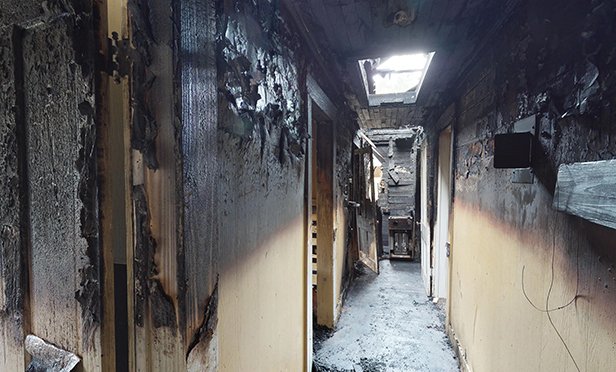 Virtual reality scans allow an adjuster to essentially "walk" a loss without being onsite. (Photo: Donan)
Virtual reality scans allow an adjuster to essentially "walk" a loss without being onsite. (Photo: Donan)
When Alan Meadors walks into a fire scene with his Nikon camera, he's likely to take anywhere from 200 to 300 photos in order to thoroughly document the scene. He captures this many to ensure that if he needs to review these photos in five months (which isn't uncommon in fire investigations), he will understand exactly where in the house the photos were taken when he looks at them side by side. "I'm able to do that because I walked through the house and I took the photos," Meadors said. "But if I gave an adjuster or attorney all my photos to go through, they're going to get lost really quickly."
Recommended For You
Want to continue reading?
Become a Free PropertyCasualty360 Digital Reader
Your access to unlimited PropertyCasualty360 content isn’t changing.
Once you are an ALM digital member, you’ll receive:
- Breaking insurance news and analysis, on-site and via our newsletters and custom alerts
- Weekly Insurance Speak podcast featuring exclusive interviews with industry leaders
- Educational webcasts, white papers, and ebooks from industry thought leaders
- Critical converage of the employee benefits and financial advisory markets on our other ALM sites, BenefitsPRO and ThinkAdvisor
Already have an account? Sign In Now
© Touchpoint Markets, All Rights Reserved. Request academic re-use from www.copyright.com. All other uses, submit a request to [email protected]. For more inforrmation visit Asset & Logo Licensing.







